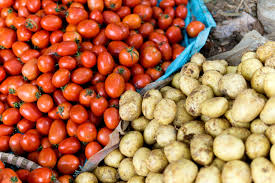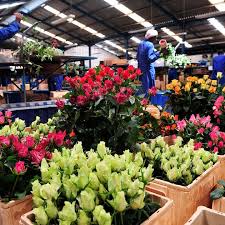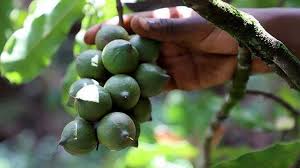The potato, one of the world’s most important food crops, has long had a mysterious history until now. Scientists have finally discovered how the potato plant came to be, and a wild tomato played a big part.
Researchers studied over 500 plant genomes, including 450 cultivated potatoes and 56 wild relatives, to understand where the modern potato came from. Their study found that around 9 million years ago, a wild tomato plant and a potato-like plant in South America naturally crossbred.
This event led to a new plant the ancestor of today’s potato with a tuber, the underground part of the plant that stores nutrients. That tuber became what we now recognize as the potato.
This natural plant hybridization happened during a major rise in the Andes Mountains. As the climate turned colder and drier, plants with tubers were better suited to survive. Tubers not only stored food for the plant during tough weather but also allowed it to reproduce without seeds, helping the potato thrive in the mountains.
The scientists also found two important genes that help the potato form its tubers. These genes are not found in tomato plants, whose edible part is the fruit.
“Potatoes are incredibly versatile and nutritious. They offer vitamin C, potassium, fiber, and even help your gut health,” said Sanwen Huang, a plant biologist and co-author of the study published in the journal Cell.
Researchers now think this discovery could help improve potato breeding, especially as climate change makes farming harder. The study even raises the possibility of developing a super plant that could grow tomatoes above ground and potatoes below.
“This could help us create stronger crops in the future,” said Zhiyang Zhang, a researcher at the Chinese Academy of Agricultural Sciences.
Both potatoes and tomatoes belong to the nightshade family, along with peppers and tobacco. Though we eat different parts of the plant — tubers in potatoes, fruits in tomatoes — the plants look quite similar, especially their leaves and flowers.
“If your potato plant ever grows fruit, it will look like a small green tomato,” said botanist Sandra Knapp. “But don’t eat it — it’s not tasty or safe.”
The potato is the third most important food crop in the world, after rice and wheat. There are around 5,000 potato varieties today. This discovery gives scientists a deeper understanding of its past and offers exciting opportunities for the future.



